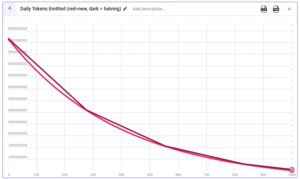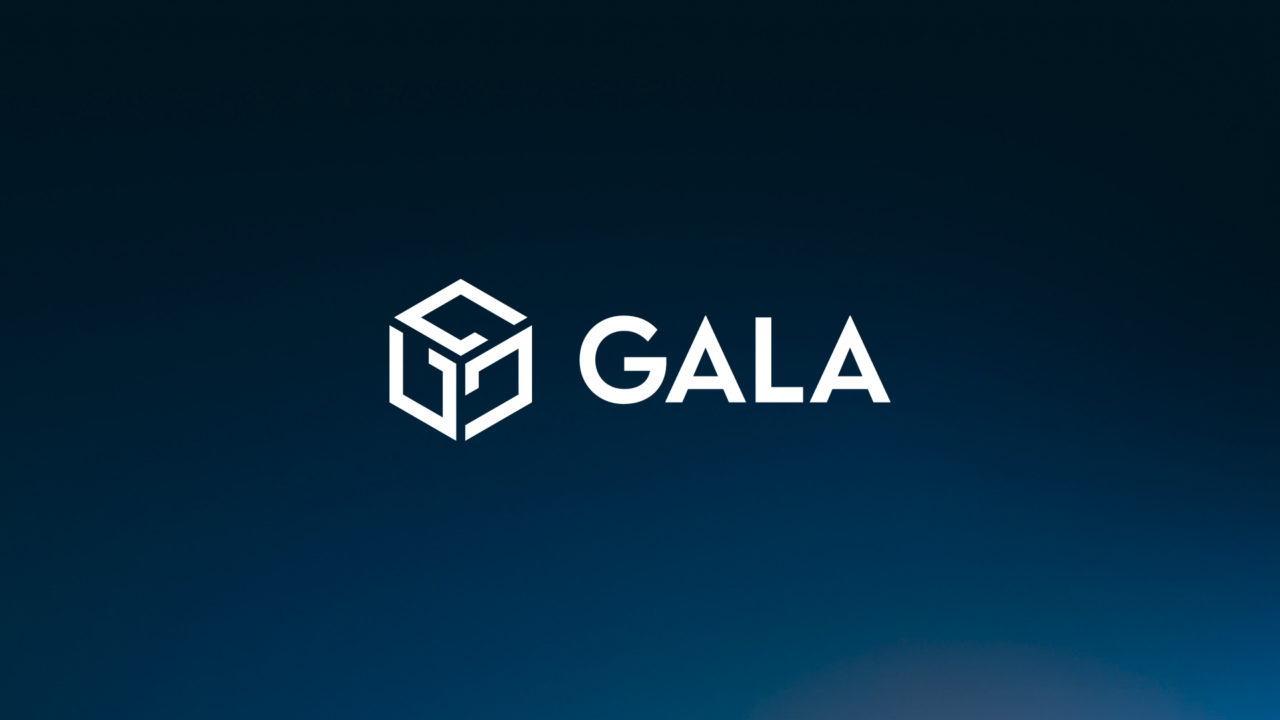Note that the following information is intended for informational purposes only and does not constitute financial advice.
Gala Ecosystem and GALA Token Overview
This document provides an overview of the Gala platform and its native token, GALA, summarizing key public information and highlighting potential benefits and risks to its tokenomics strategy.
About the Gala Ecosystem
Gala is a decentralized gaming and entertainment ecosystem that empowers players and creators through blockchain technology. It provides a platform for play-to-earn gaming, digital asset ownership, and decentralized governance.
Gala: Key Features
- Decentralized Gaming: Gala Games enables players to truly own in-game assets as NFTs, reducing reliance on centralized game developers.
- Node Ecosystem: Users can operate Gala Nodes to support the network and earn rewards in GALA tokens.
- Gala Film & Gala Music: Expanding beyond gaming, Gala offers platforms for decentralized film and music distribution.
GALA Token
GALA is the native utility token of the Gala ecosystem, facilitating transactions, rewards, and governance.
GALA Token Utilities
- In-Game Transactions: Used for purchasing items, upgrades, and NFTs in Gala-powered games.
- Rewards & Incentives: Distributed to node operators and participants contributing to the ecosystem.
- Governance: Token holders can vote on ecosystem decisions, shaping the future of Gala Games.
The Tokenomics Strategy
GALA has a capped supply with a controlled emission schedule, reducing annual rewards over time to manage inflation. Until recently, it followed a halving model, where daily token emissions decrease yearly.
Potential Benefits
- More Decentralized: Unlike older web3 platforms and games like Axie Infinity, where governance is still significantly influenced by the founding team, Gala allows community-run nodes to have direct control over the ecosystem.
- Diverse Ecosystem: While platforms like The Sandbox and Decentraland focus solely on virtual land and social experiences, Gala spans multiple entertainment sectors, including gaming, music, and film. This may help shore up its token value against changes in any one industry.
- Broader Token Utility: While platforms like Enjin mainly facilitate NFT creation and management, GALA is used for governance, ecosystem rewards, and in-game transactions, providing wider functionality.
Potential Risks
- Less Established Developer Ecosystem: Competitor platforms like Immutable X have stronger partnerships with major Web3 gaming studios, whereas Gala’s game ecosystem is still developing and reliant on first-party projects.
- Higher Node Entry Costs: Running a Gala Node requires a significant upfront investment, whereas other decentralized computing and content distribution platforms have lower barriers to entry.
- Stronger Competition from Traditional Studios: While some platforms like WAX primarily target blockchain-native gaming, Gala competes directly with traditional gaming giants entering the Web3 space, increasing pressure for mainstream adoption.
Modeling the GALA Token
The Machinations diagram below illustrates the current (left) and previous (right) emission schedules for GALA.
On the left; each day, 0.25% of the total Unreleased tokens are distributed. Unreleased tokens are simply the fixed maximum theoretical supply, minus the total supply (i.e. the sum of all tokens circulating, locked, staked or held by the Gala Games team).
Hit Play and notice that in the left construction, the tokens released each day gradually diminishes as the number of Unreleased tokens diminishes. This exponential decay in tokens released follows a gradual and predictable pattern, offering more stability to the ecosystem.
This is particularly the case when compared to the halving event schedule previously used by Gala, in which the number of tokens released daily would halve (from its previous value).
Watch the construction on the right and observe the short-term and long-term differences in how token emission works when compared to the new system on the left. Open the Chart to get a better look.

Over the long-term, the total tokens released is roughly the same in both systems. What the new system improves upon, however, is predictability. Halving events, due to their abrupt and significant changes, are more prone to market volatility and harmful speculative behaviour. These side-effects can naturally trickle down and affect the experience of the typical platform user.

